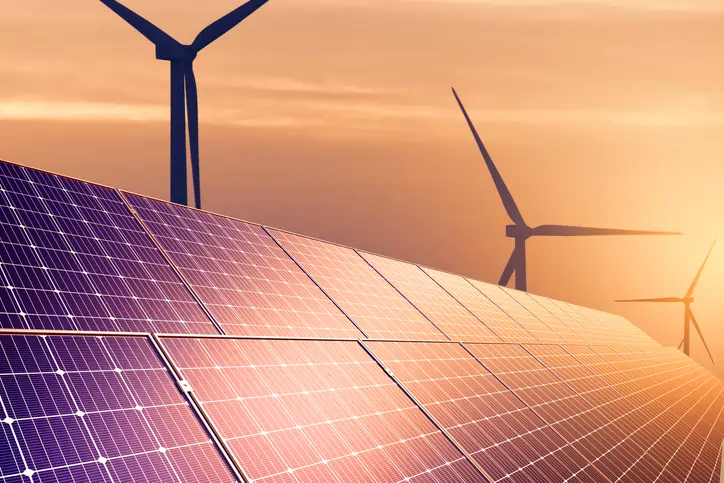
The transition from fossil fuels to clean energy sources will require a wide range of industrial innovations and significant collaboration between the private and public sectors. While wind, solar, and battery storage are spotlighted in discussions surrounding sustainable energy sources, a variety of mid-market industries and products will be essential to decarbonization. Testing, demonstrating and commercializing renewable energy technologies, even with the high initial capital costs, is an important aspect of the energy transition.
Mike Crabtree, President and CEO of the Saskatchewan Research Council (SRC), has been an advocate for exploring clean energy projects that are critical to advancing sustainable energy. These opportunities are attractive for their innovation and necessary to support an evolving clean energy economy.
Industrial Innovations into Clean Energy
Innovations in hydrogen fuels, battery technology, microgrids, and other technologies are some examples Crabtree proposes are leading the charge in industrial innovation towards sustainable practices. A 2024 BloombergNEF report has determined the global Investment in Clean Energy rose 17%, topping $1.8 Trillion in 2023, while in the same period, the supply chain side hit $135 billion.
The following additional industrial innovations may play an important role in the clean energy transition in the coming decades.
Bladeless Wind Turbines
More ways of harnessing wind energy within congested areas may be realized with wind turbines that operate without blades. Instead, the force of the wind is harnessed by capturing the vortex shedding or aeroelastic resonance created when the wind swirls through a cylinder. The movement of the cylinder is mechanical energy that can be modified with an alternator and transformed into electrical energy. Bladeless turbines may eliminate the need for wind farms within residential or urban landscapes.
Waste Power Transportation
Transportation by air or roadway is one of the most carbon-intensive activities in the world. The idea of using waste or raw materials for fuel that is created from landfill biogas within waste-to-energy facilities is a new take on recycling. Waste-powered vehicles propelled by waste carbon sources like food and municipal sewage could replace a significant portion of the fuel needed for aviation. Some large cities are currently experimenting with the concept of fueling electric waste management trucks using the waste they collect.
Self-Cooling Structures
In the future, green buildings that consume less energy and water will be the model for sustainable communities. A self-cooling structure is designed to use passive cooling techniques to regulate building temperature. Through a combination of thermal mass construction (materials that absorb daylight heat), natural ventilation, shading techniques, and other design elements to control heat gain and promote heat dissipation, buildings can mimic cool environments found in nature.
Lithium-glass Batteries
The current lithium-ion battery technology will continue to be important to the clean energy transition. However, industrial innovation is looking at lithium glass, which contains lithium compounds and has properties that increase storage capacity over time while also exhibiting twice the power density of lithium-ion batteries. Imagine a battery that lasts longer, works at lower temperatures, costs less, and charges more quickly while storing more energy over its lifespan.
The top industrial trends will be supported by investments in renewable energy and a collaborative, holistic approach to the clean energy transition. Instead of favoring a single source of clean energy, Mike Crabtree believes that a balanced mix of different technologies and products will greatly scale net-zero initiatives.


